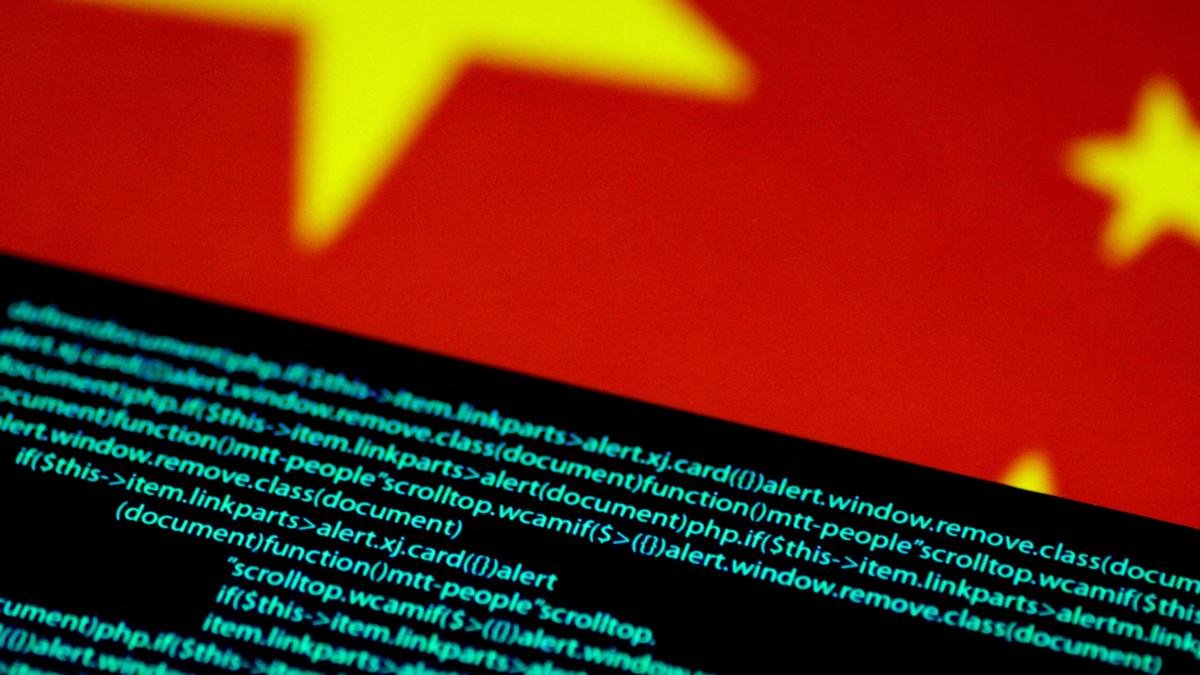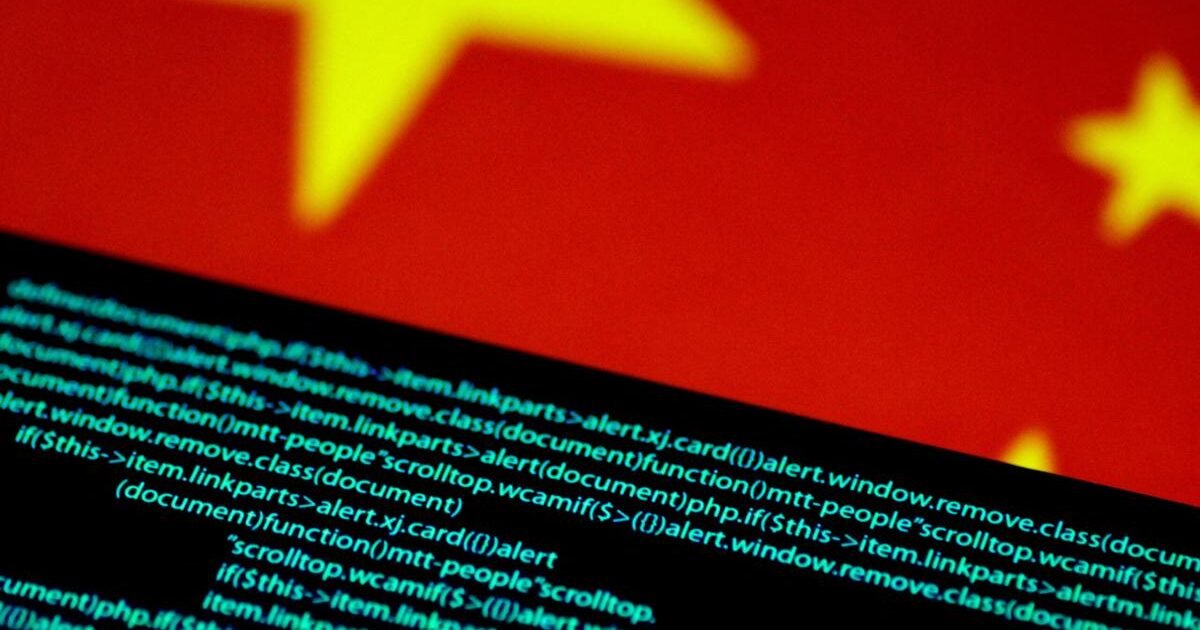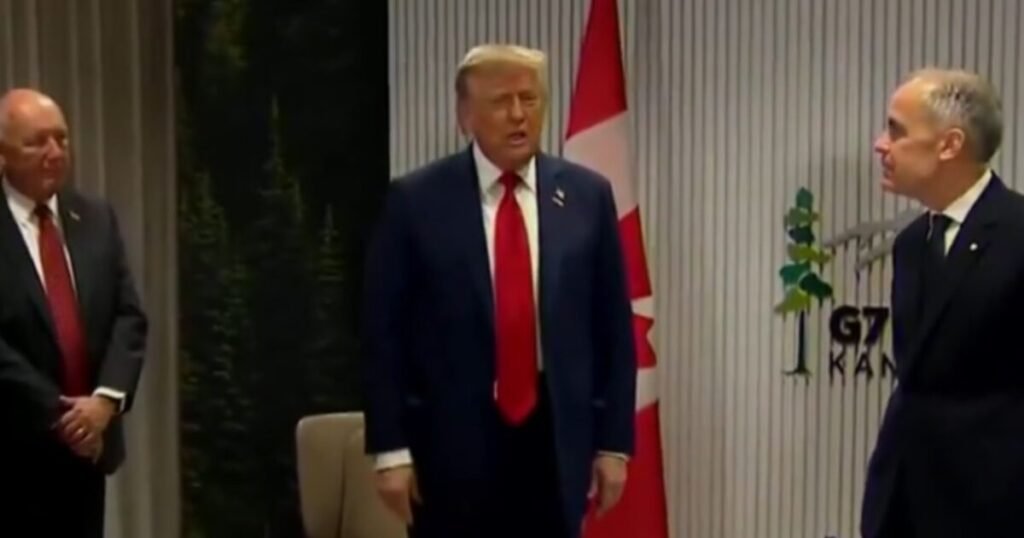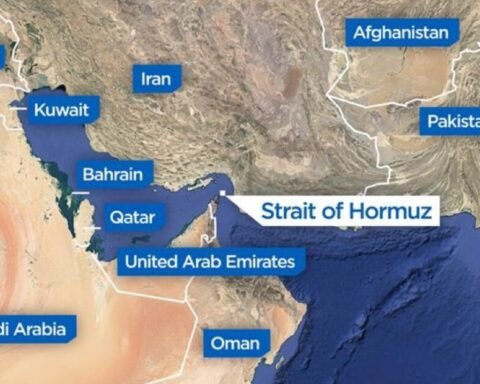
The 3500 year History of China, the CCP and how GETTR are Making a Stand for Freedom
The China of the modern world that is controlled by the Chinese Communist Party (CCP) is very different from the China of history. In fact the history of China is over three millennia old.
Ancient China
The first period or age of China is known as Ancient China. The first confirmed dynasty with written records is the Shang Dynasty (sometime between 1600–1046 BC). Developments during this time were bronze technology, writing, and a feudal system. The other dynasty during Ancient China was the Zhou Dynasty (1046–256 BC) when major philosophies like Confucianism and Taoism developed.
Imperial China
The next major period is called Imperial China (221 BC – 1912 AD) which was started by China’s first emperor, Qin Shi Huang, and is known as the Qin Dynasty (221–206 BC)
During this China was united and the first Great Wall was built.
Next was the Han Dynasty (206 BCE – 220 AD) which is thought of as a Golden Age of Chinese civilization with many major scientific and cultural advancements.
Three Kingdoms (220–280 AD) saw China divided after Han’s fall and then the Jin and Northern/Southern Dynasties (265–589 AD).
The Sui Dynasty (581–618 AD) reunited China but was overthrown due to forced labour and taxes.
The Tang Dynasty (618–907 AD) is known as another Golden Age. Trade flourished and the Silk Road was revived.
The Song Dynasty (960–1279 AD) is known for innovation and gunpowder and printing among many other developments. Eventually it was conquered by the Mongols.
The Yuan Dynasty (1271–1368 AD) was founded by Kublai Khan, a Mongol, and for the first time China was fully ruled by a non-Han people. During this era Marco Polo visited China.
The Ming Dynasty (1368–1644 AD) restored Han Chinese rule. The Great Wall was expanded and Zheng He’s voyages explored Asia and Africa.
The Qing Dynasty (1644–1912 AD) was the last imperial dynasty. In 1895 it lost Taiwan to Japan and was overthrown in 1911 in the Xinhai Revolution.
Modern China (1912 – Present)
The Republic of China (1912–1949) was founded by Sun Yat-sen. It was a period of instability: Japanese invasion (1931–45) and civil war.
The People’s Republic of China (1949–present) was founded by Mao (1949–1976) and was the beginning of communism in China and is marked by land reforms, industrialisation and one-party rule.
The Great Leap Forward (1958–62) led to famine and the deaths of up to 45 million people.
The Cultural Revolution (1966–76) led to persecution of intellectuals and the destruction of heritage and culture.
The Reform Era (1978–present) started after Mao’s death with massive economic growth and turned China into a global manufacturing hub.
21st Century China has been marked by Xi Jinping becoming paramount leader in 2012, and we have seen increasing authoritarianism, surveillance state, social credit system.China now has huge global ambitions with the Belt and Road initiative and military buildup.
The Rise of the Chinese Communist Party (CCP): Suppression, Infiltration, and the Battle for Free Speech
The Chinese Communist Party (CCP), founded in 1921, emerged as the ruling power of the People’s Republic of China (PRC) in 1949 after defeating the Kuomintang in the Chinese Civil War. Under Mao Zedong’s leadership, the CCP established a totalitarian regime, consolidating power through Marxist-Leninist ideology and suppressing dissent. Since then, the CCP has maintained a political monopoly, evolving into a sophisticated authoritarian system under Xi Jinping, who has centralized control since 2012. The party’s rise has been marked by rapid economic growth and global influence, but this has come at the cost of individual freedoms, with free speech eradicated and citizens controlled through fear and restricted information access. Beyond its borders, the CCP has extended its influence by infiltrating institutions in the United States and the United Kingdom, prompting resistance from media platforms like GETTR, which opposes the CCP’s tactics and understands its strategies better than other social media platforms.
Suppression of Free Speech and Control Through Fear
Within China, the CCP has systematically dismantled free speech to maintain its grip on power. The Great Firewall of China, a vast internet censorship system, blocks access to foreign websites like Facebook, Twitter, and Amnesty International, creating a controlled “intranet” that isolates citizens from global perspectives. Social media platforms like WeChat are heavily monitored, with keywords such as “Xi Jinping” or “Tiananmen” triggering censorship or surveillance. A 2017 BBC report noted that even humorous references to Xi, such as comparing him to Winnie the Pooh, are blocked to prevent ridicule of the regime. The CCP’s propaganda arm, the Central Propaganda Department, oversees all media, ensuring that newspapers, television, and online content align with party narratives. Journalists face strict rules, and outlets must promote “moral values” and “spiritual civilization,” stifling independent reporting.
Fear is a cornerstone of the CCP’s control. The party’s surveillance state, bolstered by facial recognition and social credit systems, tracks citizens’ behavior, punishing dissent with job loss, imprisonment, or social ostracism. Leaked censorship documents from social media companies reveal that the CCP targets influential voices, co-opting or repressing “thought leaders” to prevent challenges to its authority. During events like the 2022 Shanghai COVID-19 lockdown, censorship of public discontent was so overt that it fueled anger, yet the CCP’s rapid content removal and fabricated posts suppressed dissent. By controlling information and instilling fear, the CCP ensures compliance, limiting citizens’ ability to question the regime or access alternative viewpoints.
CCP Infiltration in the US and UK
The CCP’s influence extends far beyond China, with strategic infiltration of institutions in the US and UK to shape narratives and suppress criticism. In the US, Confucius Institutes, once numbering over 120 on college campuses, have been criticized for chilling academic freedom and promoting CCP propaganda. Though reduced to about 14, these institutes mandate research partnerships with Chinese universities tied to the military, facilitating intellectual property theft and suppressing free speech on issues like Tibet or the Dalai Lama. The CCP’s United Front Work Department, described as a “magic weapon” by Xi Jinping, co-opts diaspora communities, businesses, and local governments to advance pro-Beijing narratives. For example, the Houston Rockets’ general manager was pressured to apologize after tweeting support for Hong Kong protests, illustrating the CCP’s ability to influence American institutions like the NBA.
In the UK, the CCP has similarly targeted academic and cultural spheres. Chinese Students and Scholars Associations monitor Chinese students, discouraging criticism of the regime, while universities with financial ties to Chinese entities face pressure to self-censor. The CCP’s media influence is also evident, with state-owned outlets like CGTN broadcasting propaganda and Chinese tech firms like Huawei, closely tied to the CCP, seeking to dominate 5G infrastructure, raising concerns about data security. A 2024 US House Committee hearing highlighted the CCP’s “political warfare,” noting its efforts to manipulate financial markets, agriculture, and technology sectors in both nations, exploiting democratic freedoms to undermine them.
GETTR’s Opposition and Understanding of the CCP
GETTR, a social media platform launched in 2021, has positioned itself as a staunch opponent of the CCP, emphasizing free speech and resisting censorship. Unlike mainstream platforms like TikTok, which is owned by ByteDance and subject to CCP manipulation, GETTR explicitly rejects authoritarian control. The platform’s leadership has accused the CCP of using apps like TikTok to harvest data and spread propaganda, a concern echoed by a 2023 Rutgers University study showing TikTok’s underrepresentation of content critical of the CCP. GETTR’s commitment to uncensored discourse makes it a target for CCP tactics, such as coordinated disinformation campaigns and cyberattacks, which the party has used against platforms hosting anti-CCP voices.
GETTR’s understanding of the CCP’s strategies stems from its observation of the party’s global influence operations. The platform recognizes the CCP’s use of “united front” tactics to co-opt influencers and suppress dissent, as well as its deployment of fake social media accounts to amplify pro-Beijing narratives, as seen in Taiwan’s 2018 elections. By prioritizing transparency and refusing to bow to CCP pressure, GETTR contrasts with platforms like WeChat, which filters billions of messages for sensitive content. GETTR’s experience with CCP targeting equips it to counter these tactics, making it a unique player in the fight against authoritarian censorship.
Conclusion
The CCP’s rise has been defined by its ruthless suppression of free speech and control over information, using fear and censorship to dominate Chinese society. Its infiltration of US and UK institutions, from universities to media, extends this control globally, exploiting democratic freedoms to advance its agenda. Platforms like GETTR, by opposing the CCP and understanding its tactics, offer a counterforce, championing free expression in the face of authoritarianism. As the CCP’s influence grows, the battle for open discourse remains critical to preserving democratic values worldwide.
The post The 3500 year History of China, the CCP and how GETTR are Making a Stand for Freedom appeared first on The Gateway Pundit.
Source: The Gateway Pundit
TruthPuke LLC hereby clarifies that the editors, in numerous instances, are not accountable for the origination of news posts. Furthermore, the expression of opinions within exclusives authored by TruthPuke Editors does not automatically reflect the viewpoints or convictions held by TruthPuke Management.






